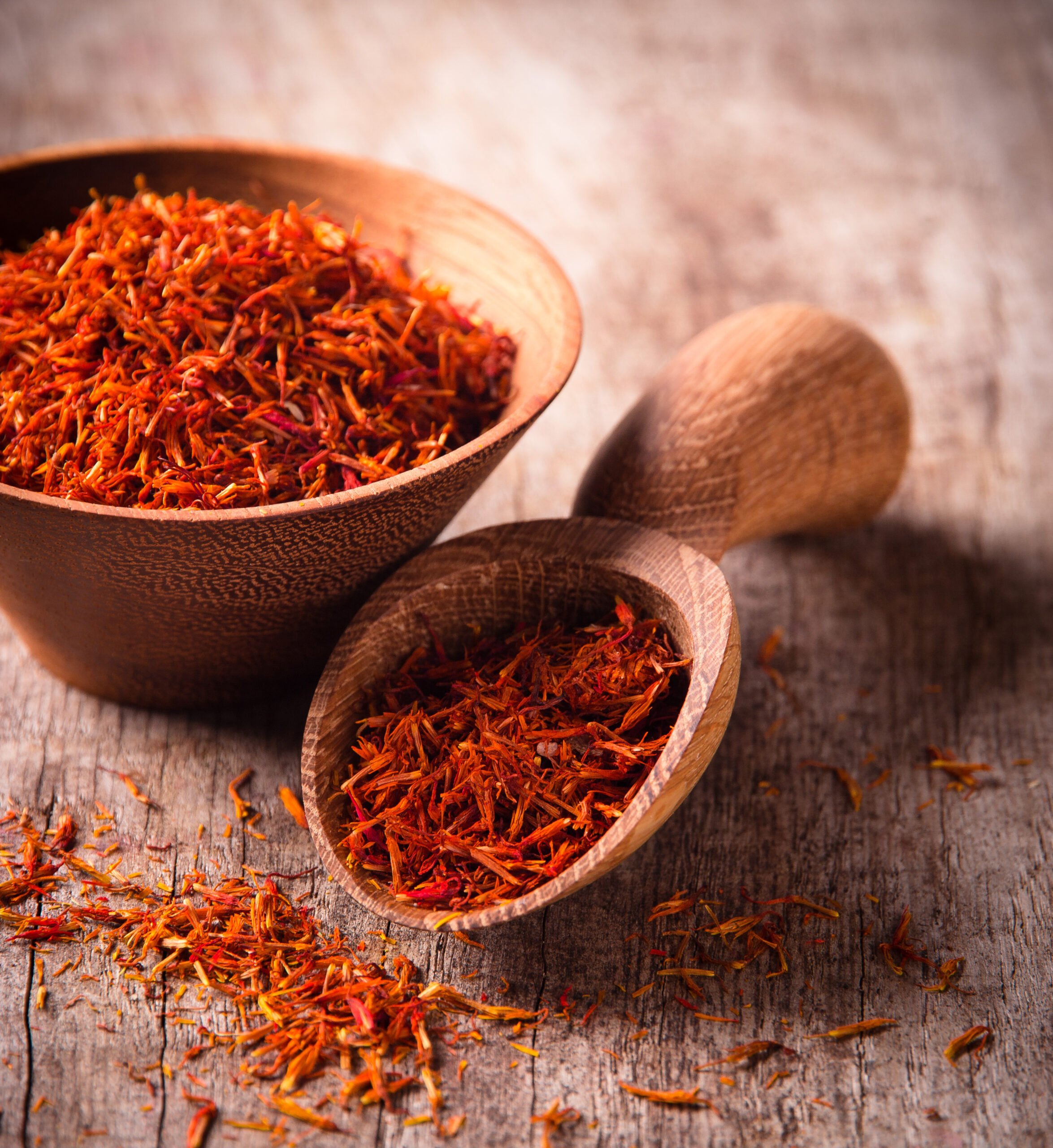
From royal kitchens to family tables, saffron has always stood out as a symbol of luxury and flavor. Its deep golden color, heady aroma, and unique ability to transform both sweet and savory dishes have made it one of the most prized spices in the world. Even though it’s the most expensive spice by weight, saffron continues to be used not just in celebratory cooking, but also in everyday meals, traditional remedies, and cultural rituals across the globe.
What Exactly Is Saffron?
Saffron comes from the Crocus sativus, a delicate purple flower that blooms only once a year. At its heart are three tiny red stigmas—the saffron threads. These threads are picked carefully by hand at dawn, when the flowers are freshest. It can take more than 70,000 flowers to produce just one pound of saffron, which explains both its high price and its nickname: “red gold.”
Once harvested, the stigmas are dried to preserve their intense flavor and aroma. The result is a spice with a complex profile—floral, slightly sweet, and faintly earthy. Added to food, saffron releases a rich golden hue and a subtle fragrance that can elevate even the simplest rice, stew, or dessert.
Quick Facts About Saffron
- What it is: The dried red stigmas of the Crocus sativus flower
- Flavor: Floral, slightly honeyed, with earthy and hay-like notes
- Best in: Biryanis, kheer, firni, Persian rice, teas, and desserts
- Special note: One of the most expensive spices in the world due to hand-harvesting
- Storage: Keep threads in an airtight container, away from light and heat; use within 1–2 years for best aroma
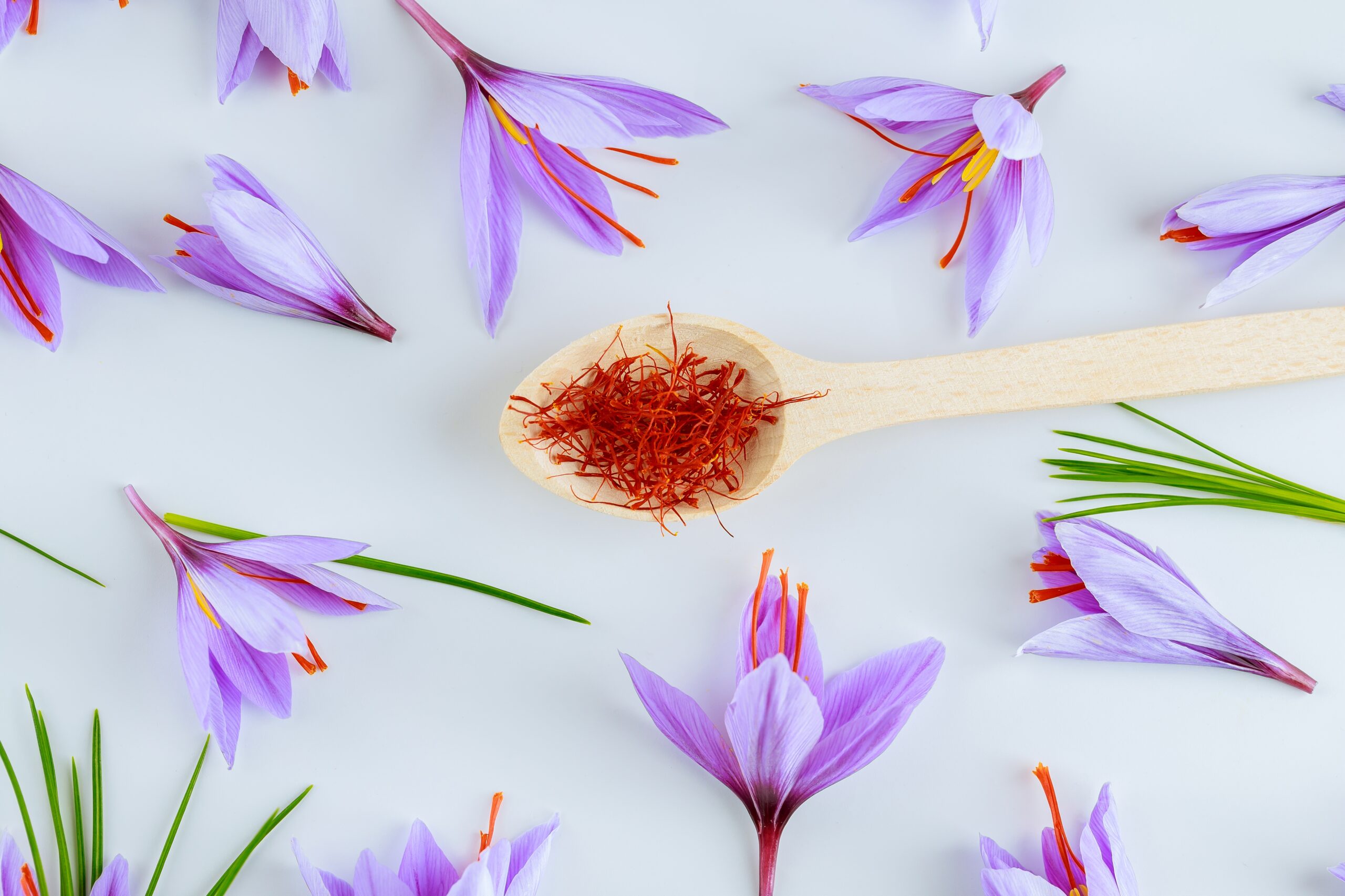
Popular Forms You’ll Find It In
Saffron might be fancy, but it shows up in some simple, practical ways. Here’s how you’ll usually spot it in stores or kitchens:
- Saffron Threads: These are the dried red stigmas from the flower—thin, delicate, and packed with aroma. This is the most authentic form, and the one chef swear by.
- Saffron Powder: Made by grinding saffron threads. It blends easily into recipes but can lose some aroma if not stored properly. Always go for pure powder—no fillers.
- Saffron Extracts & Tinctures: Used in herbal remedies or supplements, these are usually alcohol-based saffron concentrates.
What It Tastes and Smells Like
Saffron has a subtle but unmistakable aroma—earthy, slightly sweet, and with hints of honey and hay. Some even describe it as having a soft floral or grassy note.
When it comes to taste, saffron doesn’t overpower. It has a delicate, slightly bitter flavor that brings warmth and richness to a dish without being spicy or sweet. The real magic lies in how it enhances everything around it—adding depth, golden color, and a luxurious feel even in small amounts.
Culinary Uses Around the World
Saffron threads may be tiny, but they travel far across global kitchens:
- Persian Cuisine: Used in dishes like tahdig and stews to add color and a rich floral aroma.
- Spanish Cooking: A star ingredient in paella, giving it that signature golden hue and depth.
- Italian Cuisine: Brings elegance to risotto alla Milanese, pairing beautifully with creamy textures.
- French Dishes: Infuses bouillabaisse (a fish stew) with a refined and fragrant twist.
- Moroccan & Middle Eastern Foods: Found in tagines, couscous, and spice blends to warm and elevate flavor.
- Modern Western Recipes: Featured in breads, cakes, syrups, and even cocktails as a luxurious flavor note.
- Asia (especially India, Pakistan, Iran, Afghanistan): Used in biryani, kheer (rice pudding), kesar chai (saffron tea), and sweet dishes like gulab jamun syrup or saffron milk. Also important in Afghan sholeh zard (Saffron rice pudding).
Even a few threads of saffron can shift the whole flavor of a dish.
Cooking With Saffron
Saffron may be delicate, but when handled right, it’s magic in a dish. The secret? Steep the threads in warm water, milk, or broth for at least 10–15 minutes before adding them to your recipe—this helps unlock their full color and aroma. A little goes a long way, so use it thoughtfully.
Saffron in Drinks and Home Remedies
Saffron isn’t just for fancy dishes—it’s been sipped and stirred into wellness drinks for centuries. Many cultures add a few threads to warm milk (often called saffron milk) for better sleep and mood. In teas, saffron is steeped with herbs or green tea for a calming, aromatic brew.
It may also show up in home remedies for Premenstrual Syndrome, digestion, or even skin health, often paired with honey, cardamom, or turmeric. Just a small pinch is enough to bring color, aroma, and a touch of tradition to your cup.
Quick Tips to Get the Best Out of Saffron
- Soak before using: Always steep saffron threads in warm water, milk, or broth to release their flavor and color.
- Use sparingly: Just a few strands are enough—too much can make your dish bitter or overly pungent.
- Don’t burn it: Avoid direct heat; never fry saffron in hot oil or butter.
- Store it smartly: Keep saffron in an airtight glass container away from light and moisture to preserve its potency—real saffron deserves real care.
- Pair it right: Saffron shines in creamy, starchy, or mildly sweet dishes like risottos, custards, and rice-based meals.
How to Spot the Real Deal
With saffron being one of the world’s most expensive spices, fakes are everywhere. Here’s how to make sure you’re getting the real threads—not dyed lookalikes.
- Color Test: Real saffron threads are deep red with slight orange tips. When soaked in warm water or milk, they slowly release a golden-yellow hue—not instantly.
- Smell Check: Saffron has a strong, unique aroma—slightly sweet, earthy, and a bit like honey. If it smells flat or overly sweet, it’s likely fake.
- Taste Test: A single thread should taste slightly bitter, not sweet. (Don’t expect flavor until it’s infused in a dish.)
- Look Closely: Each thread should be trumpet-shaped at one end. Powdered saffron is easier to fake, so buy whole threads when possible.
- Price Matters: If it’s cheap, it’s probably not real. Authentic saffron is never a bargain-bin item.
Nutritional Value (Per 1 Gram of Saffron)
Despite being used in tiny amounts, saffron packs in some notable nutrients:
- Calories: ~3 kcal
- Carbohydrates: 0.65 g
- Protein: 0.1 g
- Fat: 0.02 g
- Fiber: 0.2 g
- Vitamin C: 1% of Daily Value
- Iron: 0.23 mg
- Magnesium: ~6 mg
- Potassium: ~35 mg
- Manganese: 0.6 mg (over 25% DV)
Health Benefits of Saffron
Saffron isn’t just prized for its flavor—it may also bring some wellness perks to the table.
1. Mood Support
Saffron may help boost mood and ease symptoms of mild depression. Some studies suggest it can support serotonin levels and promote emotional balance (Sources 1, 2).
2. Antioxidant-Rich
It’s loaded with compounds like crocin and safranal, which may help fight oxidative stress and protect your cells from damage (Source).
3. May Aid PMS Relief
Saffron can ease Premenstrual Syndrome symptoms like irritability and cramps in some women, potentially acting as a natural mood stabilizer during the cycle (Source).
4. Could Support Memory and Brain Health
Some early research hints that saffron may support cognitive function and protect against age-related mental decline (Source).
5. Eye Health Booster
Thanks to its antioxidant profile, saffron may help improve vision and slow progression of certain eye conditions like macular degeneration (Source).
6. Appetite and Weight Management
Saffron might help curb appetite and reduce snacking habits, possibly supporting weight control efforts (Source).
Potential Health Risks of Saffron
While saffron is generally safe in small amounts used in cooking, consuming it in large doses or supplement form can come with risks.
1. Overconsumption Can Be Harmful
Taking too much saffron—especially more than 5 grams per day—may cause nausea, dizziness, or even toxicity. Extremely high doses (above 10 grams) can be dangerous (Sources 1, 2).
2. Pregnancy Precautions
Large amounts of saffron may stimulate the uterus and potentially cause complications during pregnancy. Pregnant women should stick to small culinary amounts and avoid supplements unless advised by a doctor (Source).
3. Allergic Reactions
Though rare, some people may be allergic to saffron. Watch for signs like rashes, itching, or trouble breathing after consumption (Sources 1, 2).
4. May Interact with Medications
Saffron might interfere with blood pressure or mood-related medications. If you’re on any prescriptions, check with a healthcare provider before using saffron supplements (Source).
FAQs
1. Why is saffron so expensive?
Saffron is costly because it’s labor-intensive to harvest. Each thread comes from the stigma of a flower, and it takes about 75,000 flowers to produce just one pound of saffron.
2. How do I store saffron properly?
Keep saffron in an airtight container, away from light, heat, and moisture. A dark cupboard is ideal to preserve its flavor and color.
3. Can I use saffron every day?
Yes, but in moderation. A pinch in food or drink is safe daily for most people. Avoid high supplemental doses unless prescribed.
4. What’s the best way to use saffron in cooking?
Soak the threads in warm water, milk, or broth for 10–15 minutes before adding them to dishes. This helps release their color and aroma.
5. Is there a good substitute for saffron?
Turmeric, annatto, or safflower can mimic the color of saffron, but not its complex flavor. Use them when color is more important than taste.
6. How can I tell if saffron is real?
Real saffron has a strong aroma, tastes slightly bitter, and doesn’t dissolve instantly in water. Fake saffron often smells sweet or looks unnaturally red.
Learn More About Saffron
Wikipedia – Saffron
A detailed overview covering the origins of saffron, the harvesting process from Crocus sativus flowers, its historical and geographical significance, and why it's one of the most expensive spices. Also includes notes on culinary uses, chemical composition, health research, trade, and cultural importance.
Healthline – 11 Impressive Health Benefits of Saffron
A detailed overview exploring saffron’s antioxidant-rich compounds (crocin, safranal, picrocrocin), and how these contribute to its potential benefits: mood enhancement, PMS relief, cancer-fighting properties, weight management support, and libido boost.


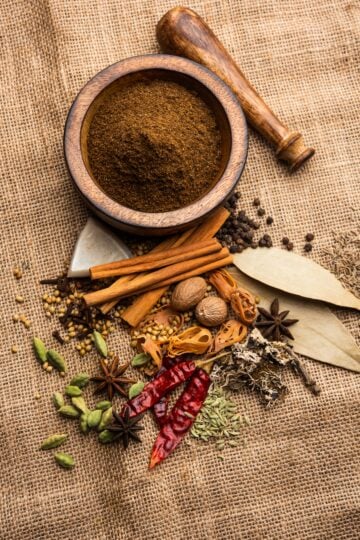
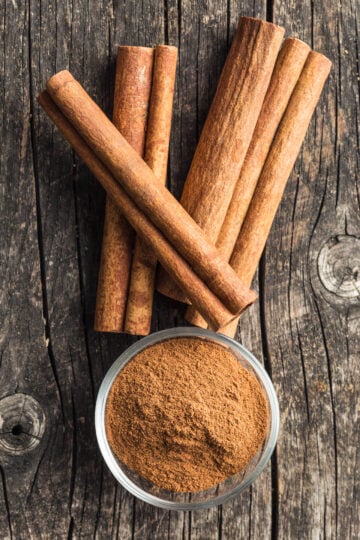
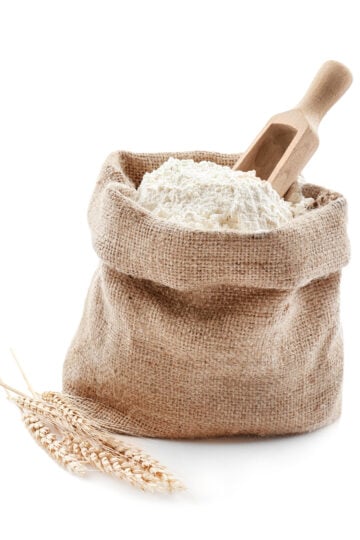
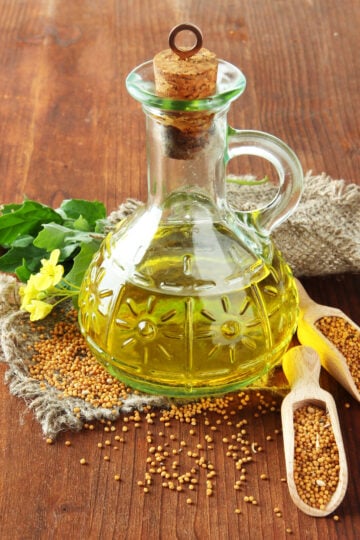
Have a question or something to share? Leave a comment below!